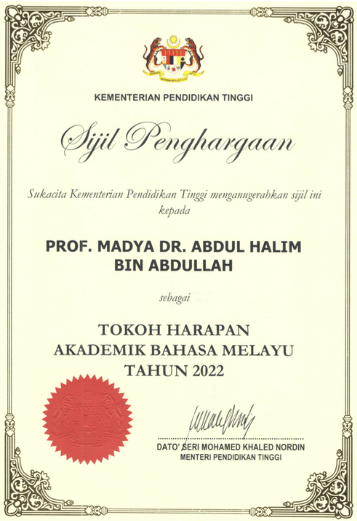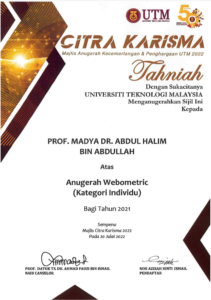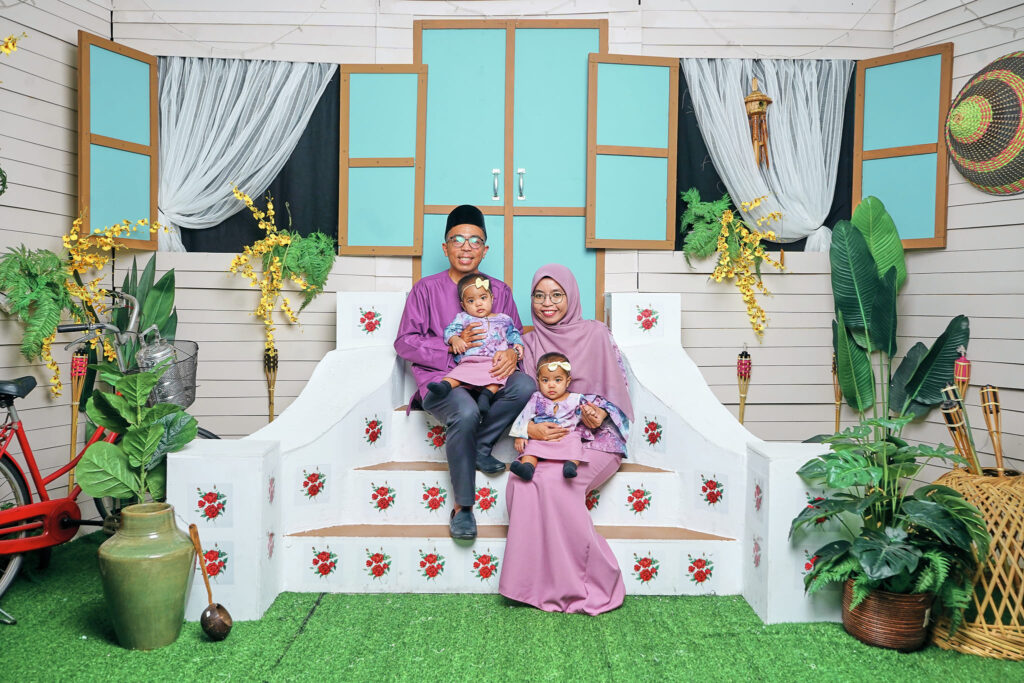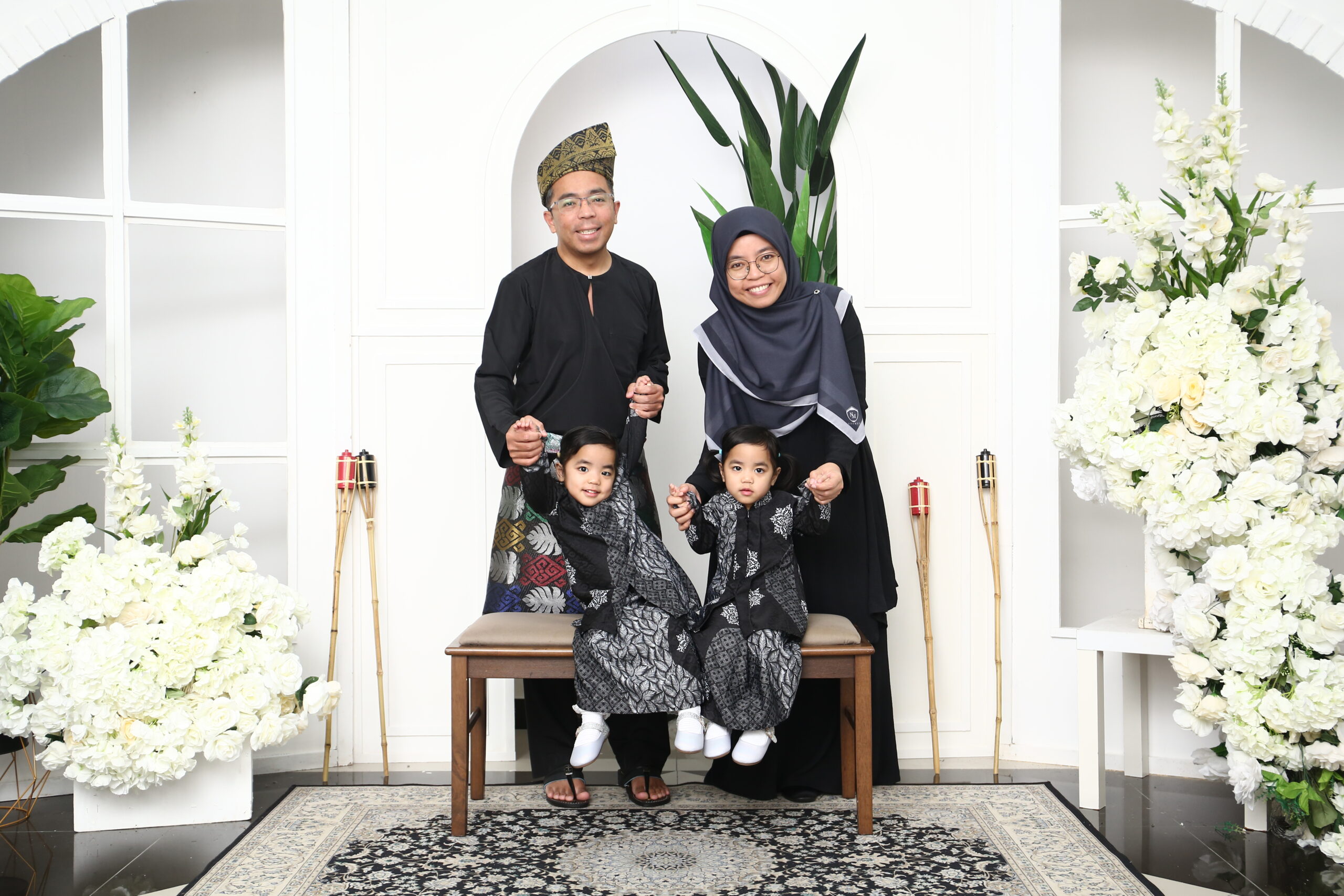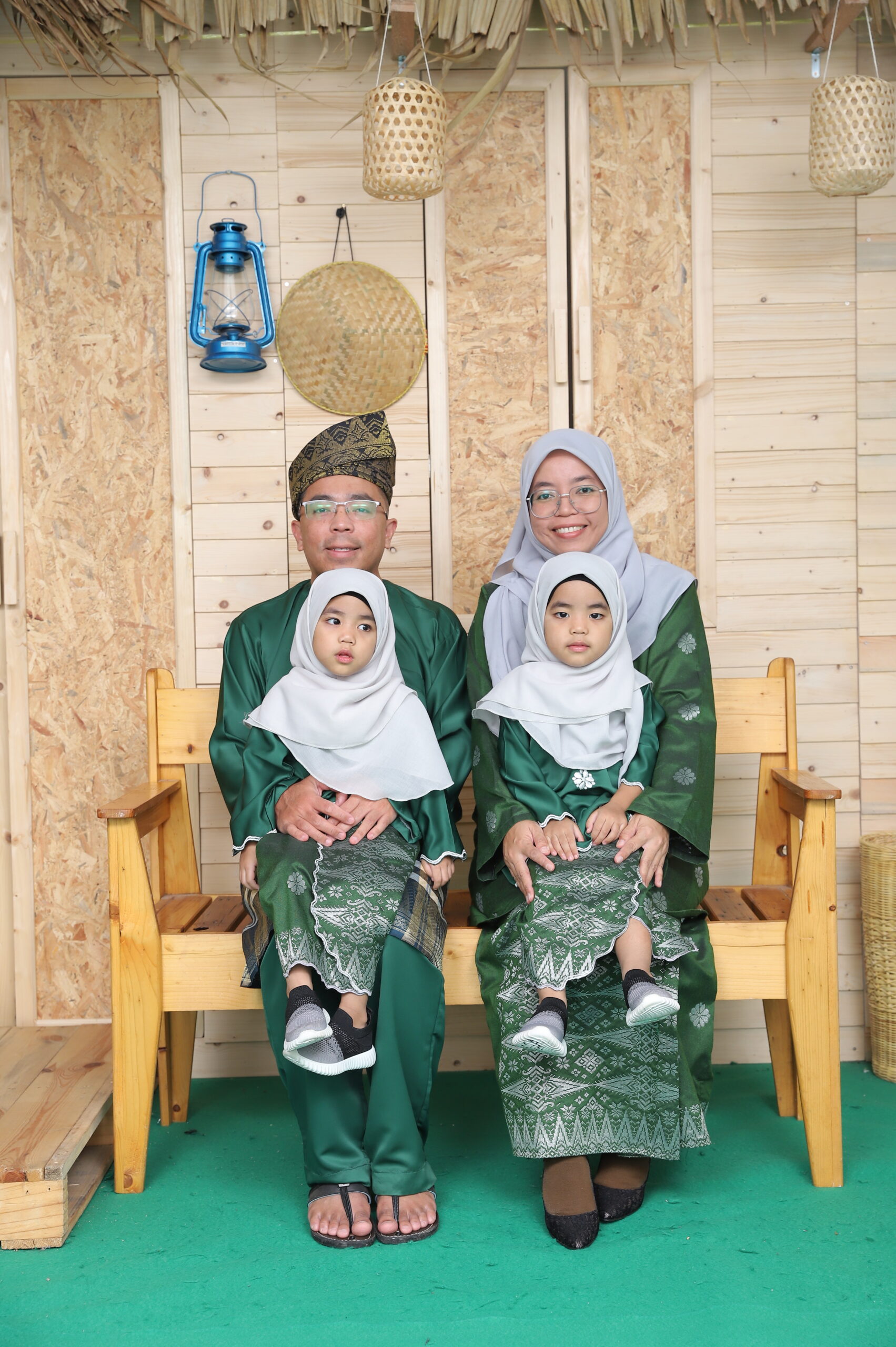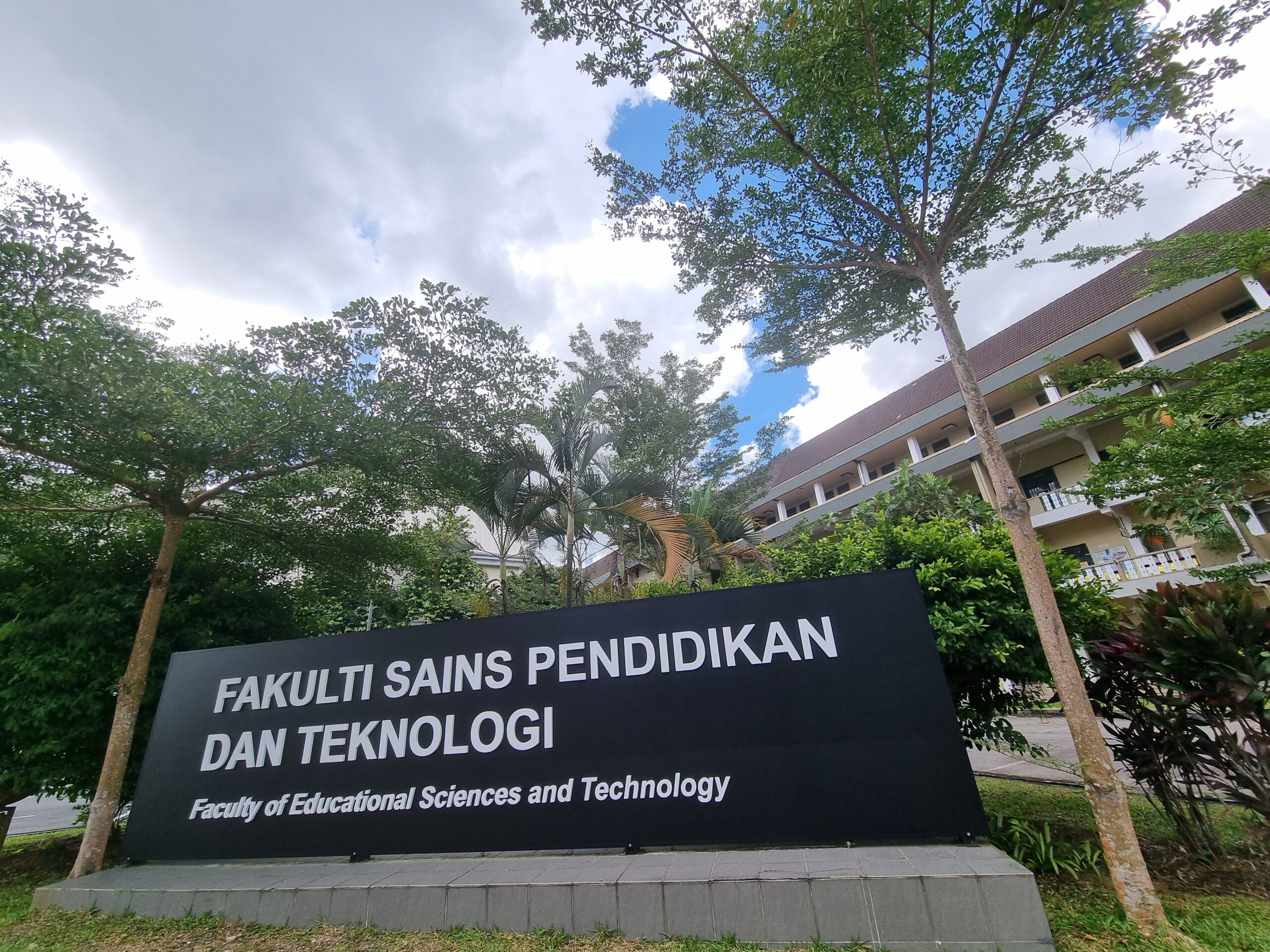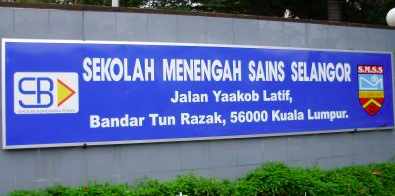Faculty of Education, Universiti Teknologi Malaysia (UTM) prioritizes the use of learning spaces to enhance students’ learning. Thus, one of the initiatives is the establishment of Student-Centred Learning Room which is expected to fulfil all types of teaching and learning experiences and the room also is conducive towards the implementation of New Academia Learning Innovation (NALI) since it creates flexible learning environment. Faculty of Education has two Student-Centred Learning (SCL) rooms. The motivation to implement active learning spaces in the faculty is derived from New Academia Learning Innovation (NALI) initiative which emphasises blended learning approach.The project has received positive feedback from the users who got to experience the transition of teaching and learning from conventional way to student-centred approach. The learning spaces in Faculty of Education benefit students, academician as well as the administration. The teaching and learning approach in the Pedagogy component is intended to be fostered in the learning spaces.
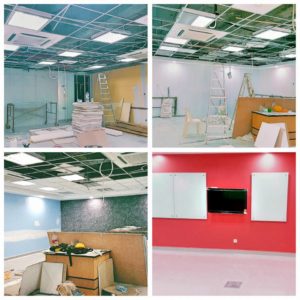
It is based on NALI framework- which is to accomodate all teaching and learning styles needed (flexible style according to the users). As a result, various teaching and learning approaches have been conducted such as active learning, scenario-based learning, collaborative learning etc. General observation showed that the users were able to adjust their learning needs based on their preferred learning/teaching styles.Then, the aspect of Design which is in the space component relates to matters regarding environment, furniture and technology which can assit the fostering of diffent learning styles. Thus, furniture such as movable chairs, round table, whiteboards attached around the room, and projector/TV at each side of the wall play important role in making the space multi-purpose. The equipment built in the learning space contributes towards complete and meaningful learning process. The facilities provide unexpected learning outcomes especially among conventional-style instructors. Therefore, as the preparation of the learning spaces needed careful planning and budgeting, a special task-force was formed consisted of members from all departments in the faculty. Consequently, the existing facilities able to cater to different types of teaching and learning process. However, issues on room safety and the use of equipment can be solved over the time. Students’ level of understanding of course content and class participation have increased when their classes were conducted in the student-centred space.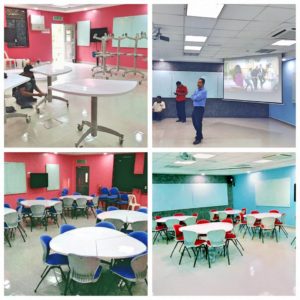
The last component which is Technology concerns with how technology can be used to maximize the benefits of learning spaces. Technological devices built in the spaces are wifi-connectivity, projector, and LCD television. These devices foster active participation among learners and they can assist towards achieving maximum potential of the space . Lecturers mentioned that students were seen to be more focused.
So, what are you waiting for? Do come and join us at the Faculty of Education, Universiti Teknologi Malaysia (UTM)

